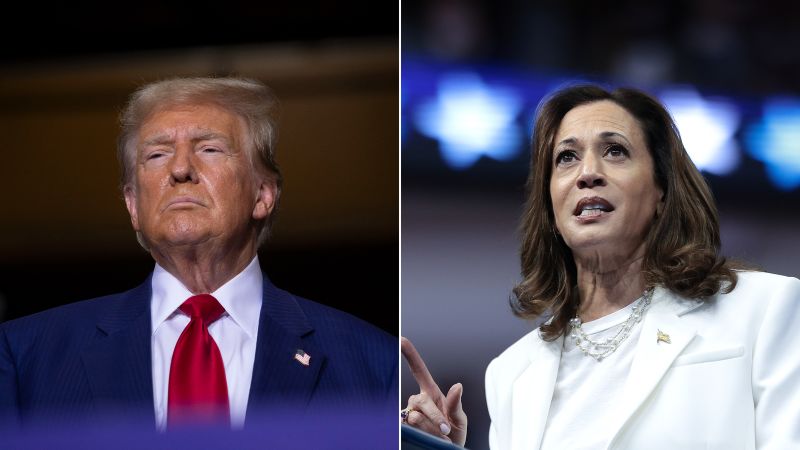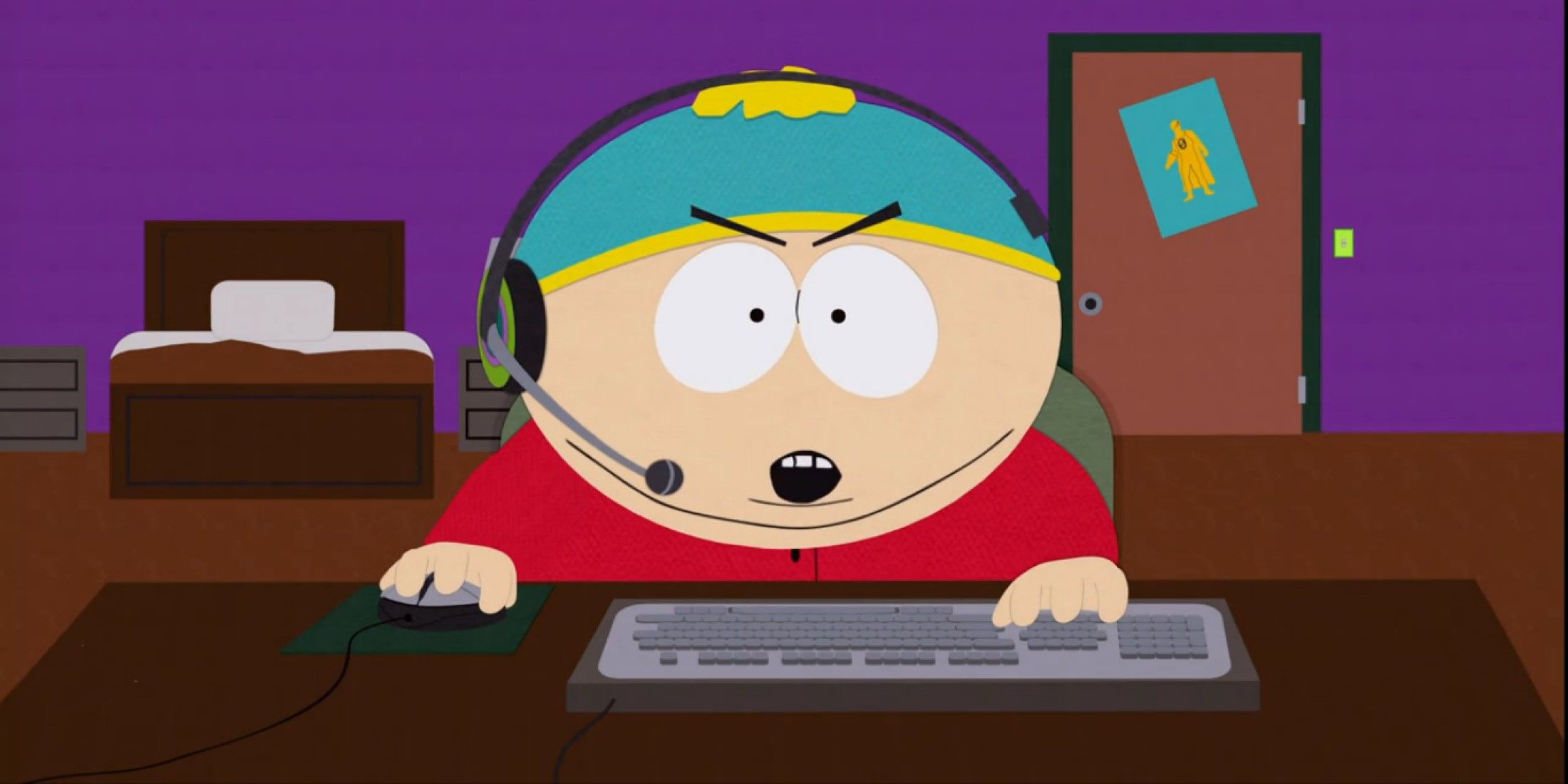A version of this story appeared in CNN Business’ Nightcap newsletter. To get it in your inbox, sign up for free, here.
New York
CNN
—
You know the feeling you have the second you step off a Tilt-A-Whirl? That moment when your foot finally hits terra firma after your body’s been through a spin cycle?
That’s kind of where the US economy lives right now — a little dizzy from the ride, vision blurry, feet stepping cautiously forward and trying not to take a tumble.
Meanwhile, everyone at the fair is watching to see what happens next.
Here’s the deal: The next two weeks will bring unusually close attention to the US monthly jobs report (due Friday morning) and the Federal Reserve policy decision (streaming live from Washington, DC, on September 18).
Those two events are the kind of thing that, in normal times, are tracked mostly by economists and Wall Street types.
Of course, we’re not in a normal time — we’re in election time. That means even the stodgiest of reports could force the presidential candidates to recalibrate their message on the issue voters have repeatedly told pollsters is their top concern.
For former President Donald Trump and the Republicans, the narrative is simple: Anything bad you’re feeling about inflation or the job market? That’s the Biden administration’s fault.
For Vice President Kamala Harris, who moved to the top of the Democratic ticket in late July, the message about the economy has had to be more nuanced, recognizing consumers’ legitimate frustrations about high prices and inflation, while touting Democrats’ success in keeping the labor market afloat and avoiding a recession.
Harris entered the race trailing Trump on a range of issues, including the economy. But in just over a month, her campaign has caught up and eroded much of his lead on the economy specifically.
Also potentially benefiting Harris is some solid economic news over the past few months.
Price increases are moderating, with July’s Consumer Price Index falling below 3% for the first time in three years. A separate inflation gauge, the Fed-preferred Personal Consumption Expenditures index, showed a 2.5% increase year over year.
Americans have also continued to spend, powering the broader economy to grow at an annualized rate of 3% in the second quarter. (That’s not to say Americans are happy about paying 20% more for goods and services this year than they did in 2020, but they’re not so mad that they’ve stopped shopping completely.)
If that were the whole story, Trump might have a harder time disparaging Harris’ and President Joe Biden’s economic record.
But lower inflation has come at a cost: The labor market, while still historically strong, is finally feeling the sting of the Fed’s aggressive interest rate hikes, which make it harder for businesses to expand.
In July, unemployment ticked up unexpectedly, to 4.3% from 4.1%, putting markets on edge about a potential economic slowdown. And while layoffs remain historically low, they surged in the summer months, contributing to those anxieties.
Bears (and plenty of Republicans) saw those cracks forming and concluded the recession we’d avoided for three years was around the corner. The dizzy economy was headed for a full-on face plant, a sign of reckless management by the Biden-Harris camp. That’s a convenient political message. But it’s not an entirely fair one.
The economy is cooling, yes. That’s by design.
“Slowing job growth itself doesn’t mean trouble,” said Aaron Sojourner, a labor economist at the WE Upjohn Institute for Employment Research. “We are close to full employment, so job growth basically has to slow.”
The July jobs report, which showed a relatively paltry 114,000 positions added to the economy, was hardly a disaster. But it was a surprise slowdown. And in an election season, that makes it ripe for cherry-picking.
“The overreaction to monthly numbers is the most predictable thing in the world,” said Heidi Shierholz, president of the Economic Policy Institute, a left-leaning think tank. “It feels extra important because there’s an election coming … that seems to add fuel to the overreaction fire.”
Monthly jobs numbers are volatile, so it’s important to zoom out and look at the longer trend, Shierholz says. For most of the Biden administration — and nearly half of Trump’s administration — unemployment was under 4%, hovering around half-century lows.
This Friday, economists expect the Bureau of Labor Statistics to announce that the US added 160,000 new jobs last month and that unemployment ticked down slightly to 4.2%.
That level of job growth — roughly in line with pre-pandemic averages — would all but guarantee a quarter-point rate cut by the Fed when it concludes its September policy meeting.
But a worse-than-expected jobs report Friday could land us back to where we were a month ago, when financial markets fell for three straight days, partly on fears that the economy was headed south and the Fed was too slow to start cutting rates. Markets eventually hit record highs to close out the month. And then tumbled again Tuesday on some weak manufacturing data.
The Fed, like a Tilt-A-Whirl operator, can control only the speed of the ride, not how pleasant it is for any one passenger (just to torture the metaphor). The central bank has raised interest rates to slow things down.
If its timing works out, interest rate cuts beginning this month should keep the labor market humming in its current state — effectively propping up the nauseated economy and giving it something steady to train its gaze on.
If the data doesn’t behave, however, then jobs — not inflation — may become the key economic narrative that Harris and Trump will start talking about in their stump speeches.











